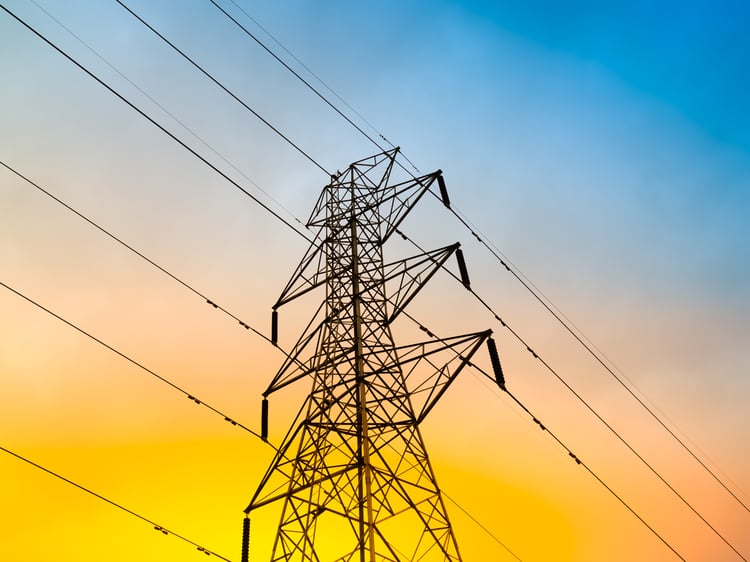

The Summer of Grid Stress
In the past few summers, regions from the Midwest to the Northeast, including states like Illinois, Pennsylvania, and New York, have faced multi-day heatwaves with extreme temperatures surpassing 100°F. These conditions have led to rolling blackouts, emergency grid alerts, and requests to limit energy use, specifically during peak afternoon hours and overnight when cooling infrastructure is under stress.
https://data.usatoday.com/heat-index-forecast/
Extreme heat increases electricity demand, especially for air conditioning. At the same time, heat reduces the efficiency and capacity of electrical components like transformers, capacitor banks, and power lines. Conductors sag, insulation degrades, and thermal stress builds up in components which leads to premature failure and, in worst case scenarios, cascading outages.
The Silent Wrecker: Capacitor Bank Failures
Capacitor banks stabilize voltage, support reactive power, and help maintain consistent electricity flow. They contain capacitor films, which are thin dielectric materials wound into compact structures. Under thermal stress, especially above 85°C, these films can deform, break down, or delaminate, causing the bank to fail. Unlike transformers, capacitor banks often don’t get thermal relief or robust cooling—making them early failure points.
The Material Problem Behind the Outages
BOPP (biaxially-oriented polypropylene) is a standard capacitor film used worldwide. It performs well in moderate climates but begins to deteriorate quickly above 85°C. With today’s more frequent and intense heat waves, BOPP can no longer meet the reliability demands of modern grid infrastructure.
Why Import Dependence Makes It Worse
Over 90% of high-performance capacitor films used in U.S. grids are imported, primarily from Asia. This reliance on foreign supply chains introduces logistics delays, geopolitical risks, and inconsistent availability—all during a time when heat-driven failures are becoming more common and grid demand is climbing.
A High-Heat Solution: Peak Nano’s NanoPlex™
NanoPlex™ is a next-generation capacitor film designed to flourish in extreme conditions. Unlike BOPP, which degrades at 85°C, NanoPlex holds strong at 135°C, enabling capacitor banks to sustain stability during record-setting heat. By reducing the likelihood of thermal failure, NanoPlex directly improves grid uptime, reliability, and system-wide resilience—helping utilities better withstand climate-driven stress events.
Built for the Heat. Made in America.
Domestic manufacturing plays an essential role in strengthening grid resilience. By producing NanoPlex™ films in the U.S., Peak Nano helps utilities and grid operators avoid the risks associated with overseas supply chains—such as shipping delays, raw material shortages, and geopolitical instability. This U.S. based production model ensures faster delivery, greater quality control, and a more secure supply of high-performance capacitor films exactly when the grid needs them most. In an era where extreme weather and rising demand are testing infrastructure limits, having access to domestically manufactured, mission-critical materials is not just a convenience—it’s a strategic advantage.
As the grid faces rising temperatures and growing demand, resilience starts at the materials level. With NanoPlex™, Peak Nano is delivering the advanced, U.S.-made solutions needed to keep the power on when it matters most.
Samantha Picardi
At Peak Nano, Samantha Picardi works as the Digital Marketing Intern, where she assists with content writing, editing, social media, and publishing. Her goal is to make even the most advanced technologies engaging and accessible through digital storytelling.
